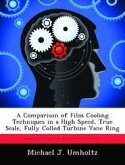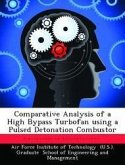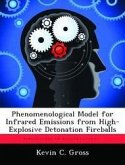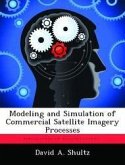Measurements for radius, angular velocity, initial time of observation, and final time of observation were made for turbulent vortices around detonation fireballs. A proxy for vortex power, determined through unit analysis, was found to correlate well to initial (and final) time of observation with R2 equal to 0.8572. The linear trend on a log10-log10 plot was indicative of a rapid decrease (over 10-1 s) in power associated with the decay of the fireball. Predictions, based on turbulent spectral theory were made for root-meansquare velocity fluctuations and Reynolds numbers, both as functions of time. In addition, reflected shock speeds inside the fireball were found to be, on average, 69% higher than those of the un-reflected shock outside. This difference in speed was used to estimate the adiabatic exponent inside the fireball. Values of the adiabatic exponent were found to range between 1.08 and 1.3, while exhibiting a decreasing trend in time, and a weak quadratic dependence on time. Lastly, comparisons of the primary and secondary shock velocities showed that the secondary shock was faster in six out of ten events. For two events, the speeds were equal to within the uncertainty of the measurements. The speed of the secondary shock varied from 1.8 percent to 30 percent faster than the primary shock.
Hinweis: Dieser Artikel kann nur an eine deutsche Lieferadresse ausgeliefert werden.
Hinweis: Dieser Artikel kann nur an eine deutsche Lieferadresse ausgeliefert werden.








